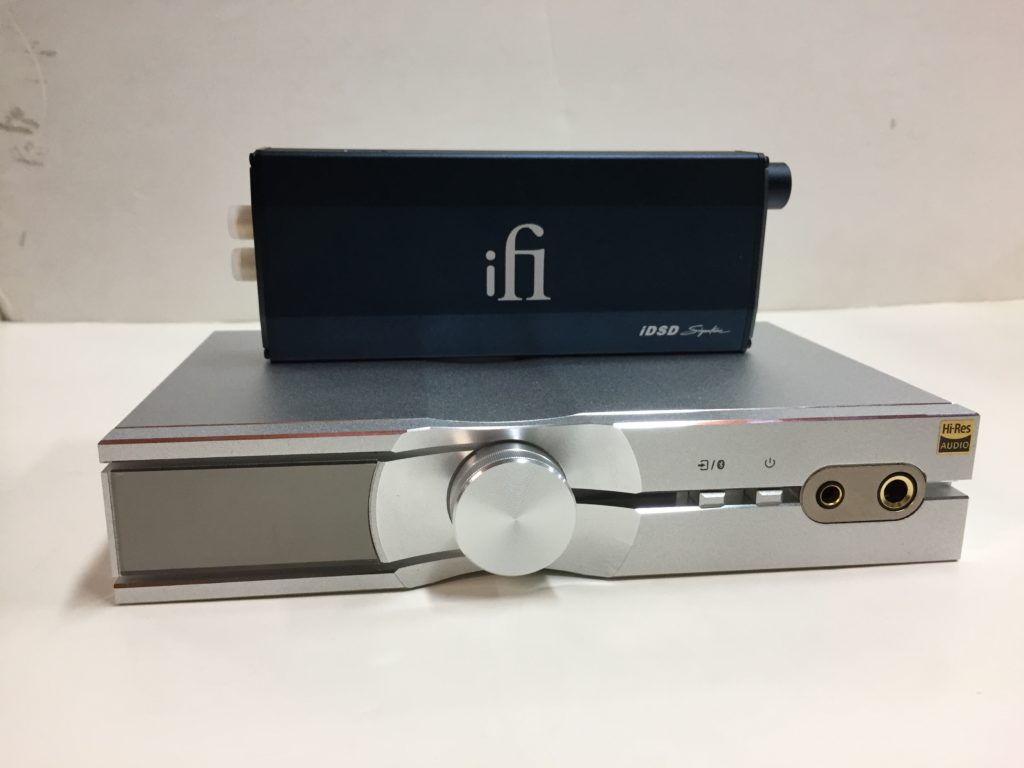The world of iFi brand DACs is surprisingly expansive. When I ask for an amp to test a pair of cans, nine times out of ten I’ll be handed an iFi to test out the headphone for the review. Sometimes I’m not even sure if anyone else even makes headphone amps. Needless to say, with such a well populated product line, it’s hard to know which one you want. Unless you want to treat iFi’s offerings like pokemon and “catch them all”, it’s quite a line up to nail down to just one. Their two most recent offerings are the iFi Micro iDSD “Signature” and the iFi NEO iDSD. Both are excellent additions to the brand and are creating a fair amount of buzz. On account of all this buzz I’ve put together a comparison review to help you (and myself) cut through the noise.
Out of the Box (What You Get)
The Micro iDSD Signature was the more familiar of the two DACs. Its small, compact, body is a continuation of the kind of iFi product I use on a day by day basis. It’s not exactly pocket sized, unless you’re talking about a big ol’ coat pocket. That said, it’s sleek dark blue form fits quite comfortably in a bag or backpack. This along with its built in chargeable battery speaks to iFi’s intention towards a portable product.
Besides the DAC itself, the box contains two packs of assorted cables and adapters. The first one holds the digital input cable, which is not your industry standard type A to type B USB. I wasn’t all that pleased at first. Losing a one of kind cable is a one of a kind pain that I hate dealing with. Then I opened the other box and found that among the adapters included was one to turn any type B USB into the connection the Micro iDSD Signature requires. I’d still rather have an industry standard connection for the unit but at least they foresaw my gripe.
In addition to the USB cable and adapter was a stable of cables and adapters. This includes a charging USB cable, a two way RCA cable for the RCA output, a 3.5mm to quarter inch adapter, and a digital optical to s/pdif adapter. Finally there is a nice velour carrying case and two thick black rubber bands whose purpose I can’t divine. What can I say, I’m an audio guy, not a rubber band man.
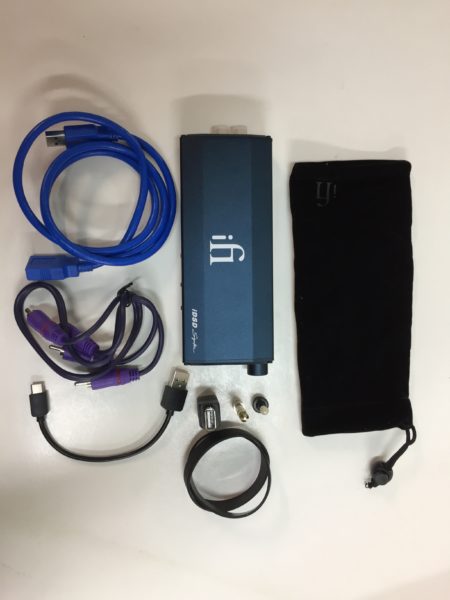
The NEO iDSD struck me as a desktop unit. It seems to be built for home use and as such has a wider array of inputs and outputs. Of course, to fit all these connections it winds up being much bulkier than the Micro. I appreciated the wide silver chassis that reminded me of home audio equipment from the previous decade, though not quite as large as units from the previous decade. This box wasn’t as accessory heavy, only carrying one adapter and two cables. The adapter is a 3.5mm to quarter inch adapter, always useful but never in short supply. The two cables were a two way RCA cable and an industry standard USB type A to USB type B cable. Shoutout to iFi for coming through where iFi couldn’t. Aside from these electronic accessories there was an attachable antenna to enhance the NEO’s bluetooth reception, a remote control (battery included!), and a stand that allows you to stably place the NEO on its side.
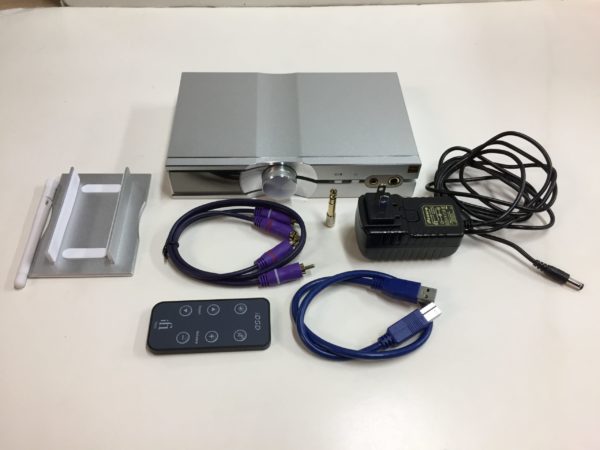
In the Box (Design and Features)
Despite its slim size the Micro iDSD Signature is feature laden, boasting iFi’s proprietary Xbass and 3D Holographic technology on the front panel. Between the headphone inputs, switches, and volume knob, the front panel is pretty snug and you might knock the volume around while cycling through your options. There are three additional switches on it’s side. The “Power Mode” cycles through three different output strengths for headphones of different sensitivities. Turbo pushes 10V/4100mW, normal does 5.5V/1900mW, and eco has an output strength of 2V/500mW. As you might expect, the power mode affects battery life. Depending on the selected output, the Signature will last either six, nine, or twelve hours without charging. The “IEMatch” switch activates iFi’s IEMatch technology which further adjusts output strength by intelligently reacting to the headphone currently paired with the unit. Finally the Filter switch is multifunctional, depending on what audio format the Signature is playing. Speaking of which, the Signature supports DSD, PCM, DXD, and MQA.
The Neo iDSD is a straightforward unit. It drives headphones and converts audio signals. iFi’s signature features are missing here. There’s no XBass or 3D features that I’ve come to expect from iFi’s products. As a tweaker, I’m a little disappointed by this decision, but I guess it was kind of nice listening to music without flicking a couple switches for every song. Besides, the NEO is not exclusively a headphone amp and those features are meant for headphones.
The Neo does have 96 kHz Bluetooth, which is a huge plus. Wireless technology is certainly a requirement for any home audio centerpiece unit. Additionally, there are two different power modes, variable and fixed, though the two different modes only affect the XLR outputs. That about wraps it up for this unit, but I couldn’t write about the Neo without mentioning the new PureWave circuitry. This PureWave circuitry is an exceptionally linear dual-mono signal path that boasts incredibly low levels of noise and distortion. And of course, it plays just about any format you can throw at it, including high fidelity MQA.
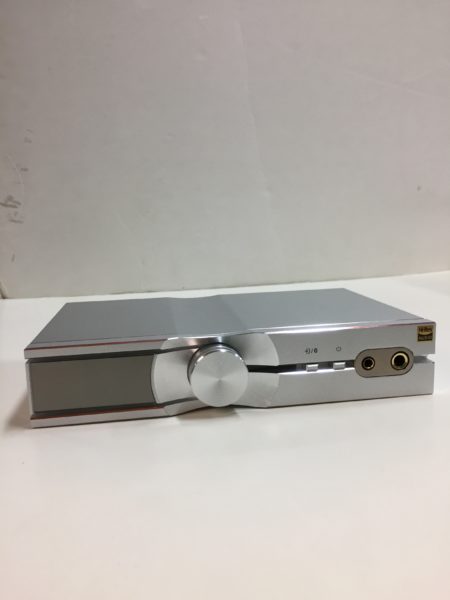
Ins and Outs
The Micro iDSD Signature has two headphone outputs, one balanced 4.4mm and one quarter inch. You can also send signal out using the dual RCA output. There are two options for sending audio in to the Signature. You can use either the USB input or the s/pdif input.
The iDSD Neo is an absolute centerpiece unit featuring four input modes which can be selected using the multifunctional knob on the front panel. Besides the USB input and aforementioned Bluetooth, there is a coaxial and optical digital input option. The NEO gives as well as it receives with balanced stereo XLRs, stereo RCA, a quarter inch headphone output, and a 4.4mm headphone output.
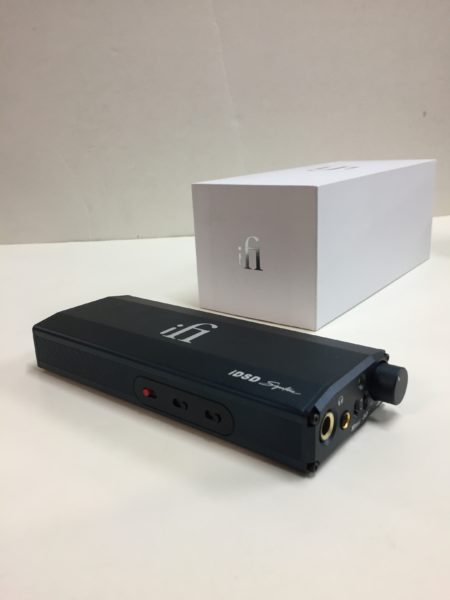
Sound Quality
The good news is that both of these units are fabulous Amp/DAC’s that add quite a lot to the sound. For the purpose of this article, I tested both devices with a pair of Focal Radiance Closed Back Headphones (35 ohms) and a pair of Sennheiser HD 800S Open Back Headphones (300 ohms). In addition to the Signature and the NEO, I ran both headphones through my 2019 Macbook Pro external headphone out so I could hear just how much better they made the sound.
Sennheiser HD800S
The HD800S (it is available to order at Audio46) is a wide and crispy pair of headphones under the worst conditions. While they lacked body and punch straight from my Macbook, they immediately beefed up when running through the iDSD NEO. Dougie Poole’s “Los Angeles” was a lackadaisical affair off of my computer but the driving rhythm of the song took its rightful place as a central feature after the NEO had its way with the lows and mids. Despite the additional content in every frequency south of the highs, it doesn’t get muddy. Even when playing a ferocious and messy rock song such as “So Shapeless” by Celestial Shore.
The Micro iDSD Signature was not as drastic, at least, not at first. Without the XBass or 3D engaged, the Micro’s sound signature was a definite improvement in clarity and soundstage but without any strong coloration of the frequency spectrum. Once the XBass kicked in, the HD800S started to display a low end that I could feel. I loved this on hip hop and pop, but it got in the way with busier rock songs. Luckily its a toggleable feature so it didn’t have to stay on. The 3D feature is a little harder to define. iFi insists that it isn’t Crosstalk. If it looks like a duck and quacks like a duck, I guess it’s a dog. Regardless of the actual technique used, 3D delivers as advertised. It really brought a lot of life to soundstage and I mostly kept it on while listening.
Focal Radiance
The Focal Radiance (you can order a pair at Audio46) is a strong independent headphone that doesn’t need no amp. Nevertheless, it can benefit from a choice pairing. It has an expansive soundstage, for a closed back, and a deep and resonant bass response. After trying the Sennheiser on these two amps, I was a little worried about how the Radiance might fare. The first song I tried this time around was Kid Cudi’s “Pursuit of Happiness.” The iDSD NEO still added a fair amount of body to the song but not an overwhelming amount. I was suspicious that it might get a little muddy but alongside the enhancement to detail and width, the mix remained clear. Overall it didn’t seem to be a straight forward boost to lower frequencies but a more nuanced response. I also noticed a pleasant tapering of the extreme high end. On my macbook the synth arrangement by Ratatat were too aggressive and industrial for me but through the NEO they eased off and contributed to the soundscape without piercing it.
Similarly, the Micro iDSD Signature was also a massive improvement of the sound. Particularly once I adjusted its power setting to fit the low 25 ohm impedance of the Radiance. While listening to the spastic surf rock of Spud Cannon on the Signature, you probably could have convinced me these Radiance headphones were in fact open backs.
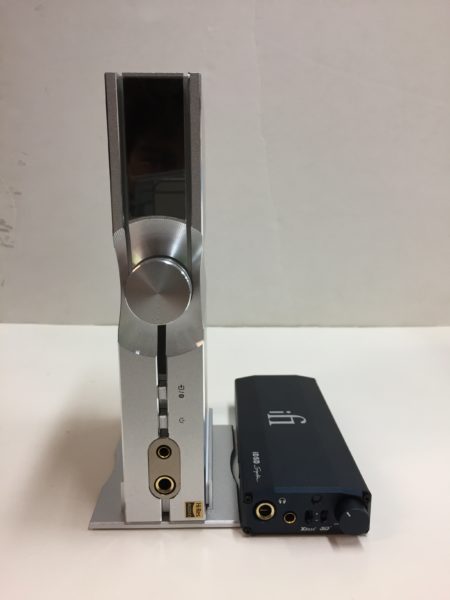
Summary
The iFi Micro iDSD Signature and the iFi iDSD NEO are both wonderful amp/DAC combos that can greatly benefit any respectable pair of cans. So how does one decide between the two? Well, aside from sound quality they are very different beasts. The NEO is a home audio centerpiece unit, meant for multiple sources and multiple outputs. It is not a dedicated headphone amp, it is so much more than that. If the only thing you’re looking to power are your headphones, then the Micro iDSD is probably more your speed. It can’t do much else but it pairs amazingly with any pair of headphones. Besides that, it is a highly portable rig, much like the earmuffs you might like to lug around. Now, if sound quality is all you care about and you absolutely need me to pass a verdict, I’d say Bassheads should grab the Micro for the XBass feature. Personally, I slightly prefer the more colored tone of the NEO with most material.
You can find the iFi Micro iDSD Signature and the iFi iDSD NEO for sale at Audio46.
Headphonedungeon may get a commission from retail offers.

